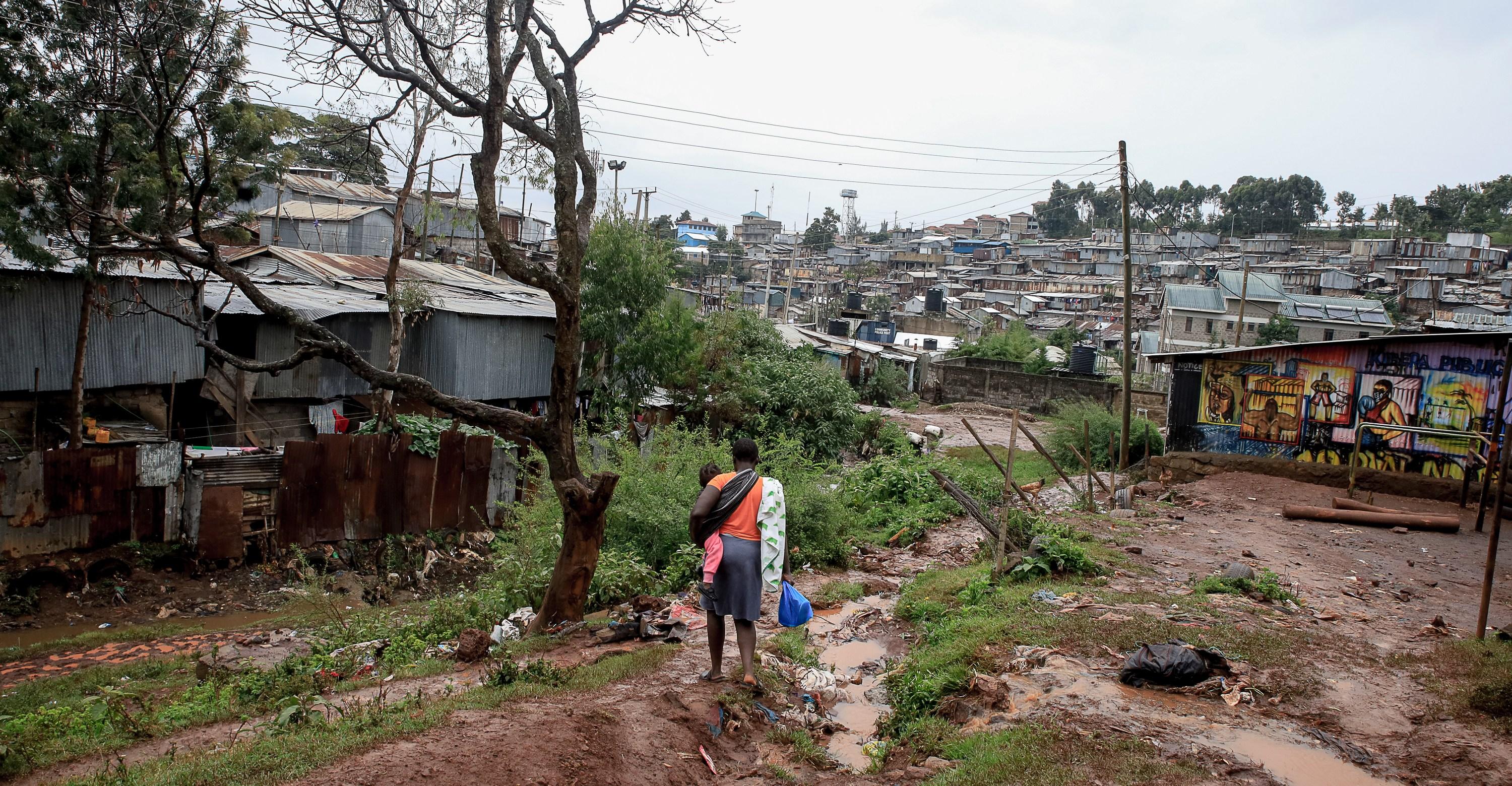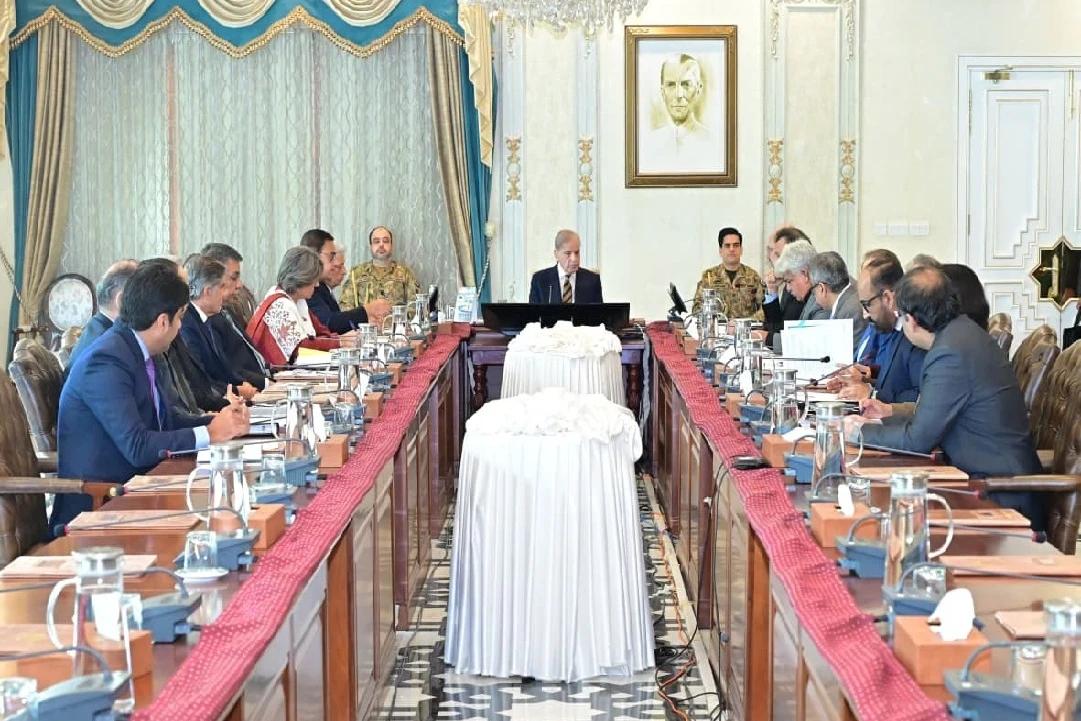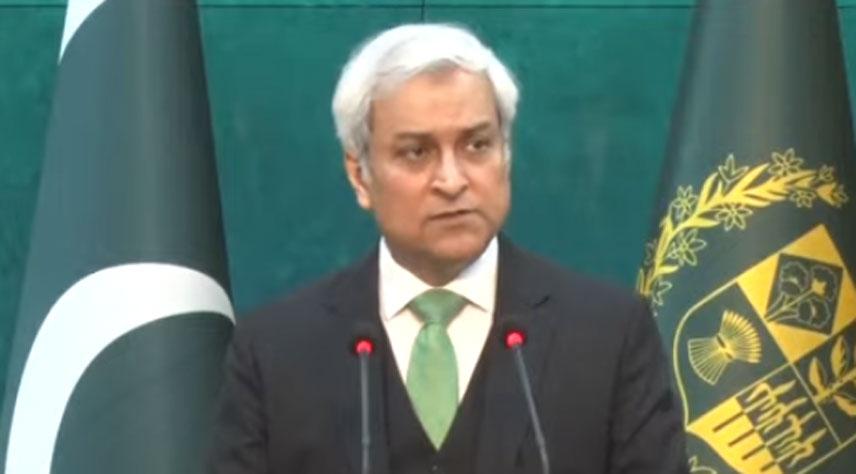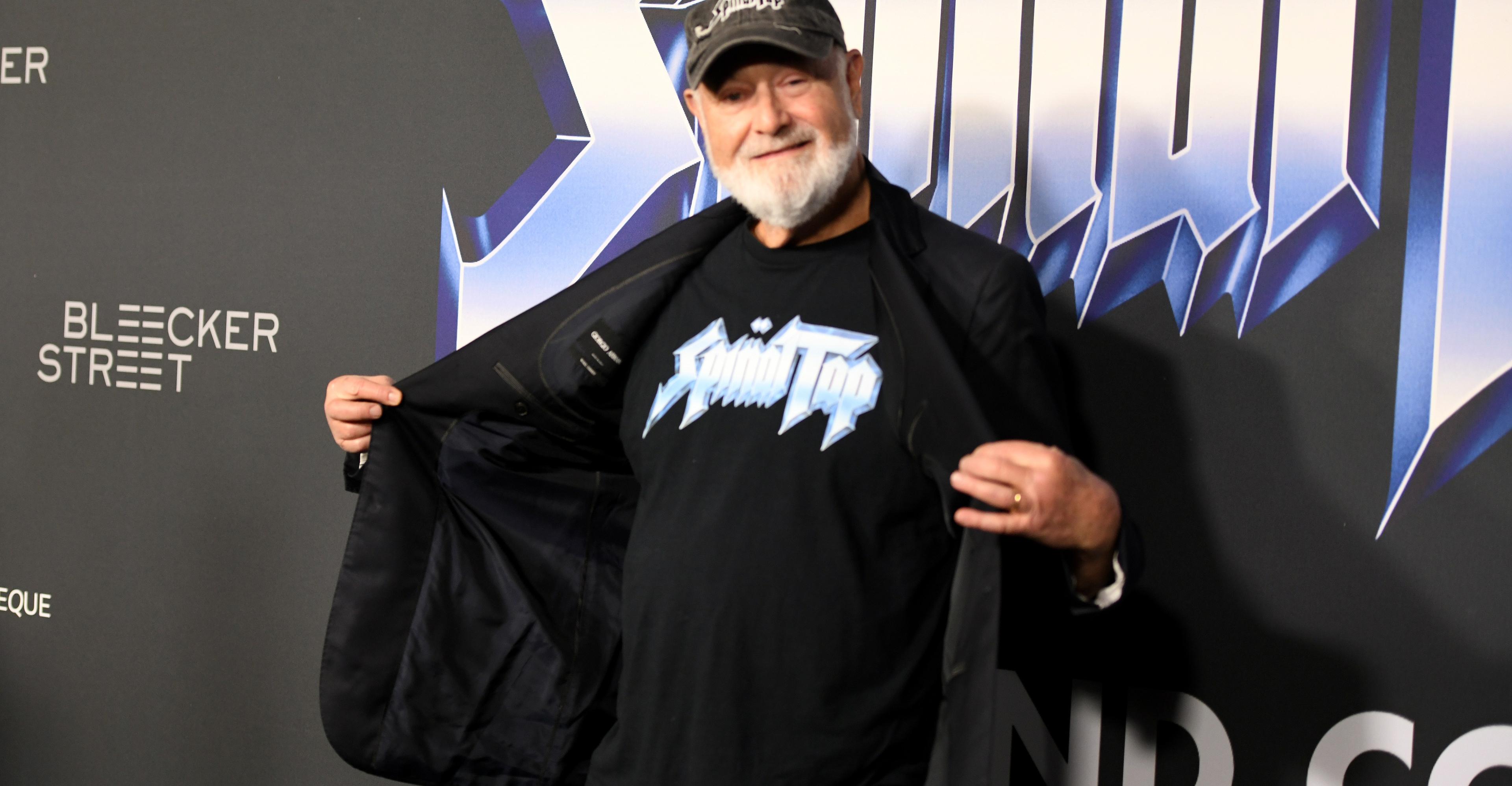Speaking to Black journalists, Trump reminded everyone how racist he can be
The conversation went off the rails within the first few minutes. Speaking Wednesday to three Black female reporters at the National Association of Black Journalists’ annual convention, former President Donald Trump was expected to make an appeal to Black vot…

Published a year ago on Aug 4th 2024, 12:00 pm
By Web Desk

The conversation went off the rails within the first few minutes. Speaking Wednesday to three Black female reporters at the National Association of Black Journalists’ annual convention, former President Donald Trump was expected to make an appeal to Black voters, contrast his appearance with Vice President Kamala Harris’s absence from the event, and, of course, face some tough questions. Instead of using the interview to present a positive case for the audiences that a roomful of Black journalists cover and inform, he immediately slid into the vindictive, petty, and confrontational persona that first shocked many Americans during the 2016 campaign, came to dominate daily life during Trump’s presidency, and which many Americans may have forgotten about since. “I don’t think I’ve ever been asked a question in such a horrible manner. … I think it’s a very rude introduction. I don’t know exactly why you would do something like that,” Trump told ABC News’ Rachel Scott after she asked Trump about his history of making offensive statements about Black politicians and journalists. “I think it’s a very nasty question. ... I have been the best president for the Black population since Abraham Lincoln.” The rest of the Q&A went about as well, with Trump taking swipes at the reporters interviewing him, complaining about the sound system and equipment, doubling down on pardoning January 6 rioters, and most shockingly, questioning Harris’s racial and ethnic background. “She was always of Indian heritage, and she was only promoting Indian heritage,” Trump said of Harris while answering a question about Republicans calling Harris a “DEI hire.” “I didn’t know she was Black until a number of years ago, when she happened to turn Black, and now she wants to be known as Black. So I don’t know, is she Indian or is she Black?” [Media: https://twitter.com/PopBase/status/1818734755783098837] Since leaving office as the most unpopular president (until Biden) and at a low point in favorability, Trump has managed to repair his reputation with significant chunks of the American electorate. His net negative favorability rating has nearly halved since January 2021; he has grown more popular with younger voters, voters of color, and lower-income voters since his presidency ended. He has managed to do so as he consolidates support among the Republican base with more blatantly violent and negative rhetoric since his first campaign in 2016. An NBC News analysis of Trump’s public statements since leaving office, for example, found the former president’s rhetoric taking a “dark and aggressive” turn that ramped up in fall 2023, while other academic work has found his usage of “violent vocabulary” increasing in recent years. So how has Trump simultaneously fired up his base while appealing to voters outside of it? I’ve previously combed through a few theories for how Trump pulled this off, but Wednesday’s appearance at the NABJ conference brings to mind one in particular: The less people see of Trump, the more they like him. And for the past few years, people have simply seen less of Trump. Attention to political news has dropped, people have tuned out of national politics, and Biden became the target of the public’s anger and dissatisfaction with a variety of international, economic, and political crises. Facing Biden, he could run a quieter campaign, receive muted attention, and speak to his base while the rest of the public remained tuned out. (It also helped that many of the newest voters entering the electorate also did not remember a lot of the most offensive things he said while rising to the White House. In polling conducted by the Democratic firm Blueprint, most voters under 30 had never heard of him advocating for “a total and complete shutdown of Muslims entering the United States” or saying there were “very fine people on both sides” of the 2017 Charlottesville “Unite the Right” white supremacist rally.) But Trump can’t stop himself from just being Trump, and given a chance, he can’t help but remind voters of who and how he is. On Wednesday, that meant putting forward an array of false, racist attacks. After lying about Harris’s Blackness, Trump repeated a go-to falsehood about Democrats supporting “partial-birth” abortions, that “they are radical on abortion … they are allowing the death of a baby even after it is born.” Scott and Semafor reporter Kadia Goba pushed back, pointing out this is illegal. Since the event, Trump, his campaign, and conservative allies have not just dug in but trumpeted the event. Trump repeated his attack of Harris on Truth Social, saying, “Crazy Kamala is saying she’s Indian, not Black. This is a big deal. Stone cold phony. She uses everybody, including her racial identity!” A clip of a headline describing Harris as the first Indian-American senator from California was projected at his rally in Pennsylvania. [Media: https://twitter.com/Olivianuzzi/status/1818756196599542210] The NABJ’s decision to invite Trump was controversial within the organization’s membership and caused public rifts among its leadership and membership. Some contended that the benefits of scrutinizing the former president’s record in a journalistically sound fashion outweighed the downsides. Others objected to handing the mic to someone with a long history of anti-Black and misogynistic rhetoric. There are strong arguments for and against interviewing Trump, but wherever you land on that, it was evident Wednesday that giving Trump a platform isn’t the same as giving him an advantage. “People should see this! A grumpy, cruel, hard-of-hearing, race-baiting, asshole having to actually answer for his track record in an environment outside of his comfort zone,” the “never-Trump” Republican strategist Tim Miller posted on X after the Trump interview. That all is the more significant now that the race has reset, with Harris in and Biden out. With Trump out of the White House and off Twitter (now known as X), Americans could be forgiven for not remembering just how much they disliked Trump and how much he remains the same man who ran for office in 2016 and 2020. The campaign is in full swing and the spotlight is back on Trump, and this much is clear: Give Trump the opportunity to show the public who he is, and he’ll gladly do it.

Technical, vocational training system being aligned with int’l standards: PM Shebaz
- 4 hours ago
Browns LB Bush found not guilty in assault trial
- 2 hours ago

The low, low cost of ending extreme poverty
- 12 hours ago

The global shadow economy behind Trump’s latest move on Venezuela
- 12 hours ago

Prime Minister Shehbaz Sharif has approved Halal meat export policy
- 3 hours ago
Jets release receiver Lazard, last Rodgers-era link
- 2 hours ago

Field Marshal Asim Munir pledges to cement defence ties with Libya
- 5 hours ago
NFL playoff-clinching scenarios: Which teams can secure a berth in Week 16?
- 13 hours ago
Dolphins' McDaniel opens door to benching Tua
- 2 hours ago

Pakistan voices concern over manipulation of flow of Chenab River by India
- 2 hours ago

Everything is a mockumentary now, thanks to Rob Reiner
- 12 hours ago

When your AI boyfriend gets you better than your spouse
- 3 hours ago
You May Like
Trending






